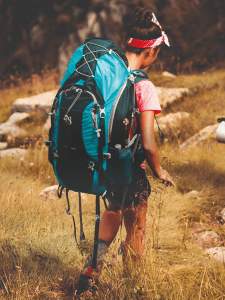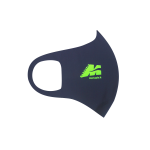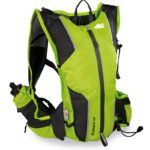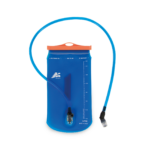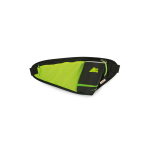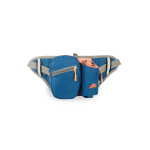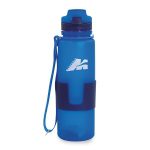Sport in the time of Covid-19
The Coronavirus pandemic has undoubtedly caused massive upheaval to all our daily lives.
We’ve had to change our habits and, week after week, we’ve had to adapt to the new rules. Every aspect of our lives has been affected: work, social life, and even sport.
The World Health Organization recommends spending at least 20 minutes a day doing some form of physical activity. Today more than ever, the numerous health benefits of sport can help us improve our psychological and physical well-being.
So how can you stay physically active during the Covid-19 crisis?
RUNNING
Oftentimes the two terms such jogging, and running are used interchangeably. Although they are similar, the two words have slightly different connotations:
Jogging suggests running without any competitive purpose. The aim is to keep fit and feel good, without necessarily seeking to improve your performance.
Running, on the other hand is characterized by constant training. Runners set goals, keep a record of speeds and kilometres run with the aim of improving their performance.
If you prefer contact with nature to urban settings, you can opt for trail running. You don’t need to be in the high mountains; any rough terrain that allows for some height gain will do. You can run on trails, rocky terrain, in mud, on grass and why not, even on snow.
NORDIC WALKING
If running is too intense, and straightforward walking is not dynamic enough, Nordic walking is a valid alternative.
It entails walking while simultaneously pushing with the opposing arm, assisted by special poles. Nordic Walking can be done by anybody, on any terrain type (on roads, in parks, on the beach, through woods).
To carry your personal items with maximum comfort, you can wear a waist bag. However, since you’re doing a sporting activity, it’s always important have some water handy. In this case, the ideal accessory is a waist bag with a bottle holder.
CYCLING
Your bicycle is not only an ideal means of transport to get to work, home or the shops, but also an excellent sporting activity.
Depending on your preferences and fitness level, cycling 20-30 minutes a day can be enough to keep you fit. And if just cycling around town or on flat terrain is not enough for you, there are numerous alternatives to suit all tastes. Some people prefer rough terrain, others enjoy long, steep ascents, while others love the adrenaline-filled thrill of downhill mountain biking.
Whether you ride around town or surrounded by nature, it’s essential to be well equipped.
A cycling-specific backpack is the perfect accessory. It needs to be lightweight and equipped with a chest strap to keep it stable while you’re riding. It also needs a helmet holder and pockets for personal items.
An inner sleeve for a hydration system is a necessity, as it will allow you to drink and ride at the same time.

